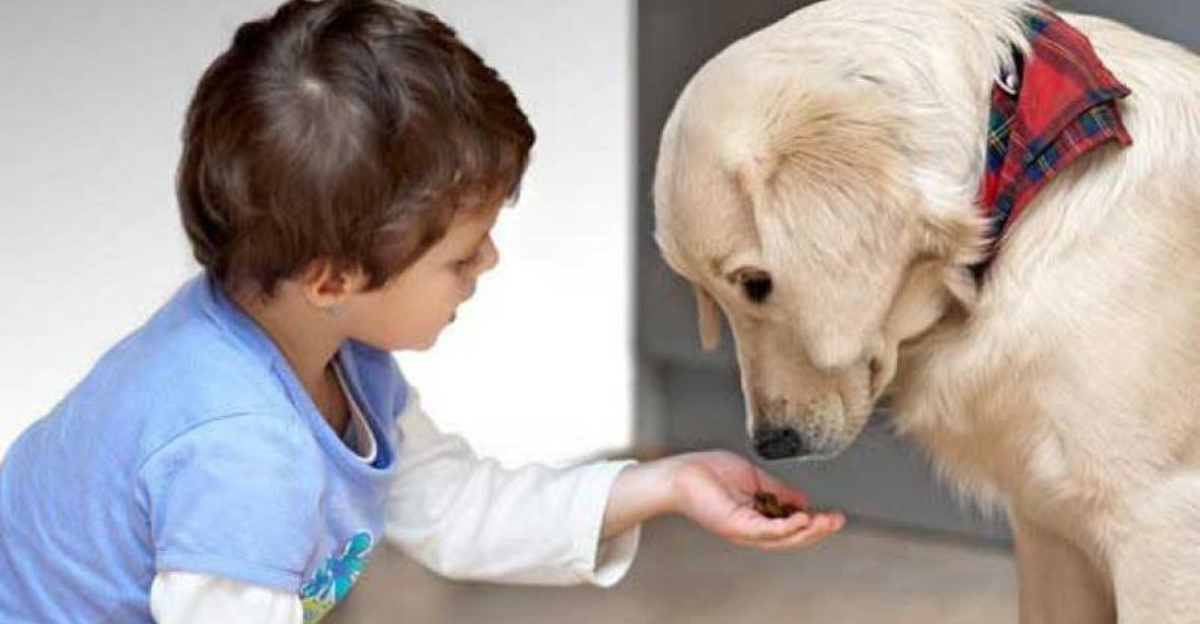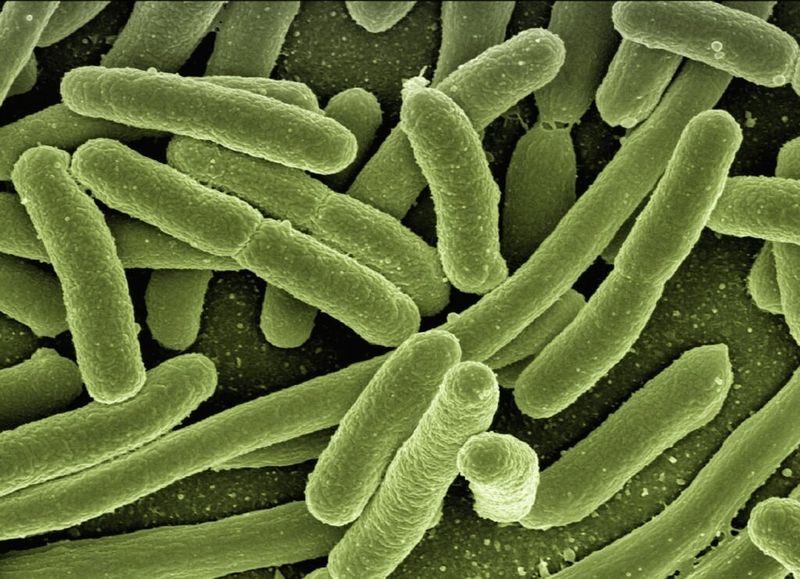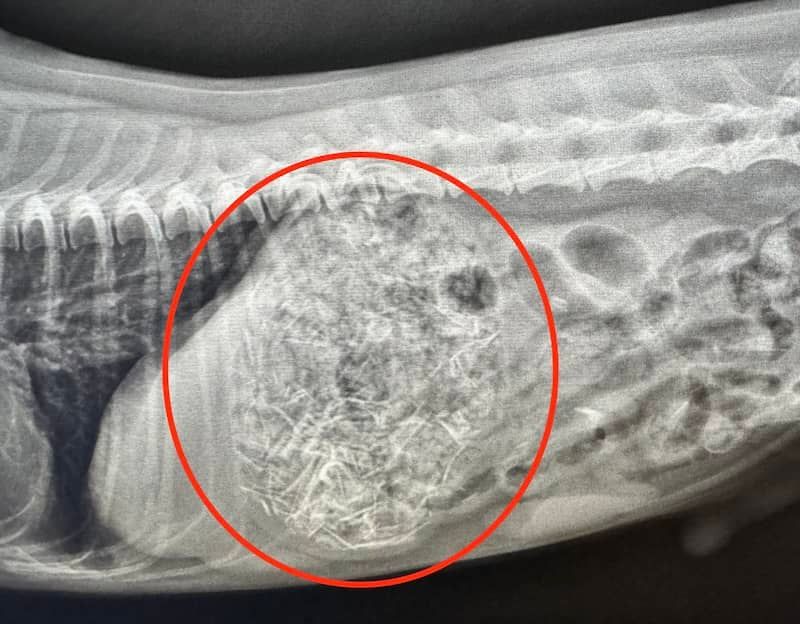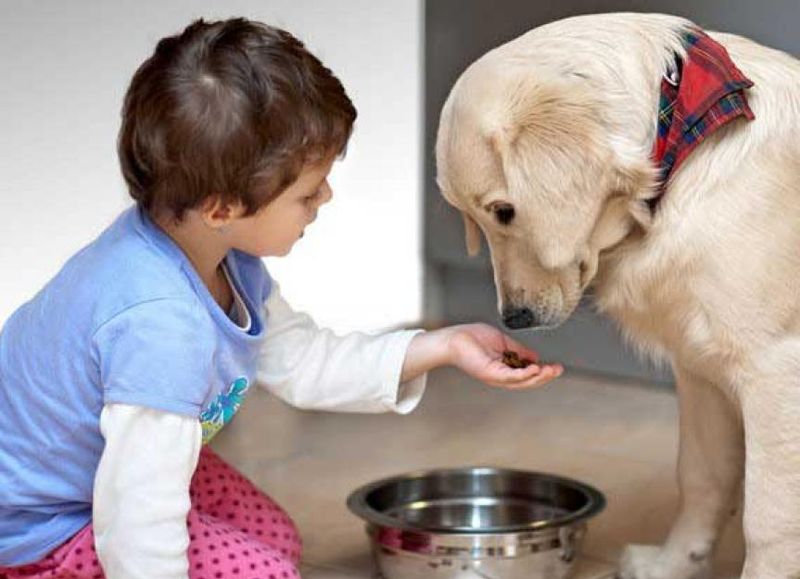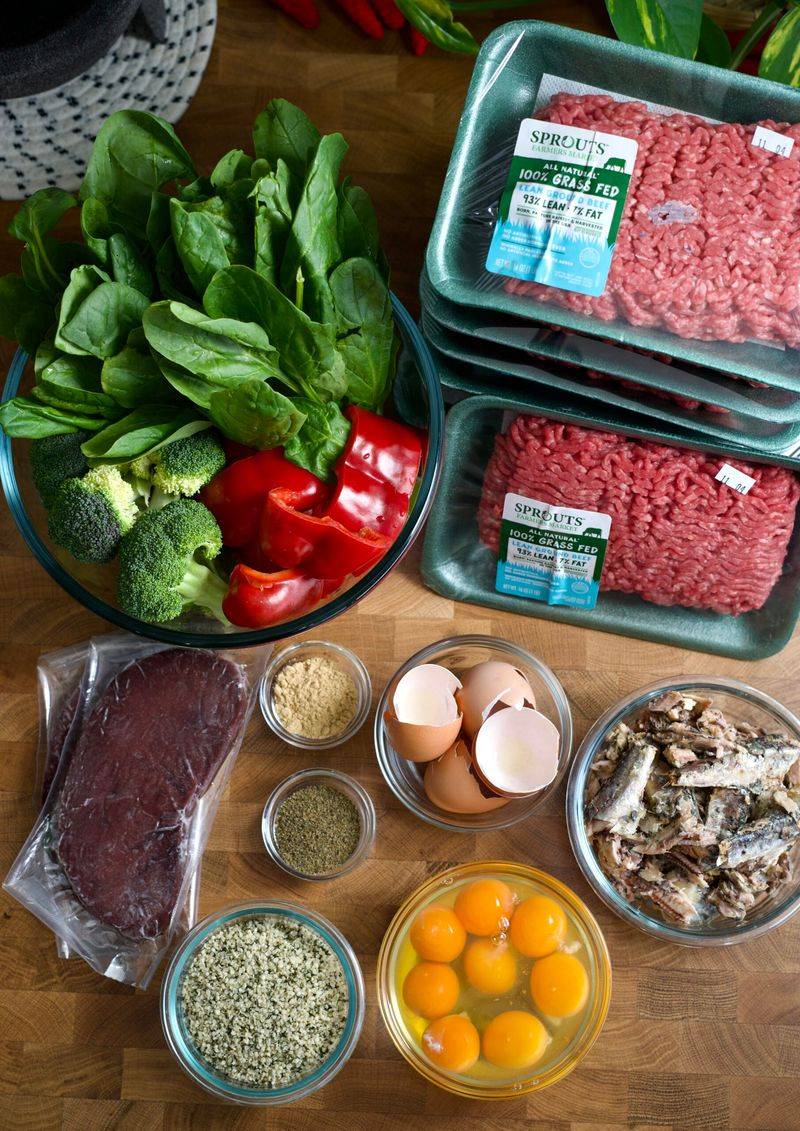The raw food trend has jumped from human plates to pet bowls, leaving many pet owners wondering if this diet is truly beneficial. Raw diets claim to mimic what animals eat in the wild, potentially improving coat health, energy levels, and dental hygiene. However, veterinarians have raised serious concerns about safety and nutrition that every pet parent should understand before making this switch.
Bacteria Dangers Lurking in Raw Meat
Raw pet food can harbor dangerous bacteria like Salmonella, E. coli, and Listeria that cooking normally kills. These pathogens don’t just threaten your pet – they can spread to humans through handling the food or contact with your pet’s mouth or waste.
Several recalls have linked raw pet foods to serious illnesses and even deaths in pets. The risk is especially high for puppies, kittens, elderly pets, or animals with compromised immune systems who may not be able to fight off these infections.
The American Veterinary Medical Association and CDC have both issued warnings about these risks. Even frozen raw products aren’t guaranteed safe, as freezing doesn’t kill all bacteria. Good hygiene practices like washing hands and surfaces thoroughly are essential if you choose this diet path.
Nutritional Balance: A Complicated Science
Creating a truly balanced raw diet requires more than just throwing meat into your pet’s bowl. Animals need specific ratios of proteins, fats, carbohydrates, vitamins, and minerals to thrive. Many homemade raw diets fail to meet these complex requirements.
Nutritional imbalances often don’t show immediate symptoms but can cause serious health problems over time. Calcium-phosphorus imbalances are particularly common and can lead to skeletal issues, especially in growing animals. Too much liver can cause vitamin A toxicity, while insufficient taurine can cause heart problems in cats.
Commercial raw diets may address some of these concerns, but quality and testing standards vary widely between brands. A 2021 study found that nearly 85% of homemade raw diet recipes examined failed to meet all essential nutritional requirements for pets.
Bone Fragments: Hidden Hazards
Raw bones are often included in raw diets as natural sources of calcium and dental cleaners. However, they pose significant risks that many pet owners don’t fully appreciate. Bones can splinter, creating sharp fragments that may perforate the digestive tract or cause dangerous blockages.
Emergency veterinarians regularly treat pets with fractured teeth, mouth injuries, and intestinal perforations from consuming bones. These emergencies often require surgery and can be life-threatening. Even ground bones in commercial products aren’t risk-free, as they can form compacted masses in the digestive tract.
Particularly concerning are chicken bones, which splinter easily and pose the highest risk. Some raw diet advocates suggest feeding only specific types of bones, but all carry some level of danger. These complications can result in expensive emergency vet bills and unnecessary suffering for pets.
Vulnerable Household Members at Risk
Raw pet food creates a household contamination zone that extends far beyond the food bowl. Bacteria from raw meat can spread to countertops, floors, and furniture through your pet’s saliva, paws, and feces. This poses serious dangers to young children, elderly family members, pregnant women, and anyone with a compromised immune system.
Children who cuddle pets after mealtime or touch contaminated surfaces are especially vulnerable. Multiple studies have documented human illnesses traced back to handling raw pet food or contact with pets fed these diets. The FDA has investigated numerous outbreaks linked to commercial raw pet foods.
Even with strict hygiene protocols, eliminating all cross-contamination risks is nearly impossible in a home environment. For households with immunocompromised members or young children, veterinarians typically recommend avoiding raw diets entirely due to these public health concerns.
Safer Alternatives Worth Considering
Many pet owners turn to raw diets hoping to provide more natural, wholesome nutrition than commercial kibble offers. Fortunately, several safer options can achieve similar benefits without the risks. High-quality cooked fresh food delivers the same whole-food goodness with proper heat treatment to kill pathogens.
Commercial fresh-cooked pet foods have exploded in popularity, offering balanced nutrition without bacterial concerns. These products undergo testing to ensure nutritional completeness while maintaining the appeal of minimally processed ingredients. For the home chef, gently cooking homemade pet meals eliminates most safety concerns while preserving nutrients.
Freeze-dried or air-dried pet foods provide another alternative, offering the convenience of dry food with minimal processing. Whatever option you choose, consult your veterinarian about your pet’s specific nutritional needs. Many vets can recommend foods that address your concerns about commercial diets without introducing raw food risks.
